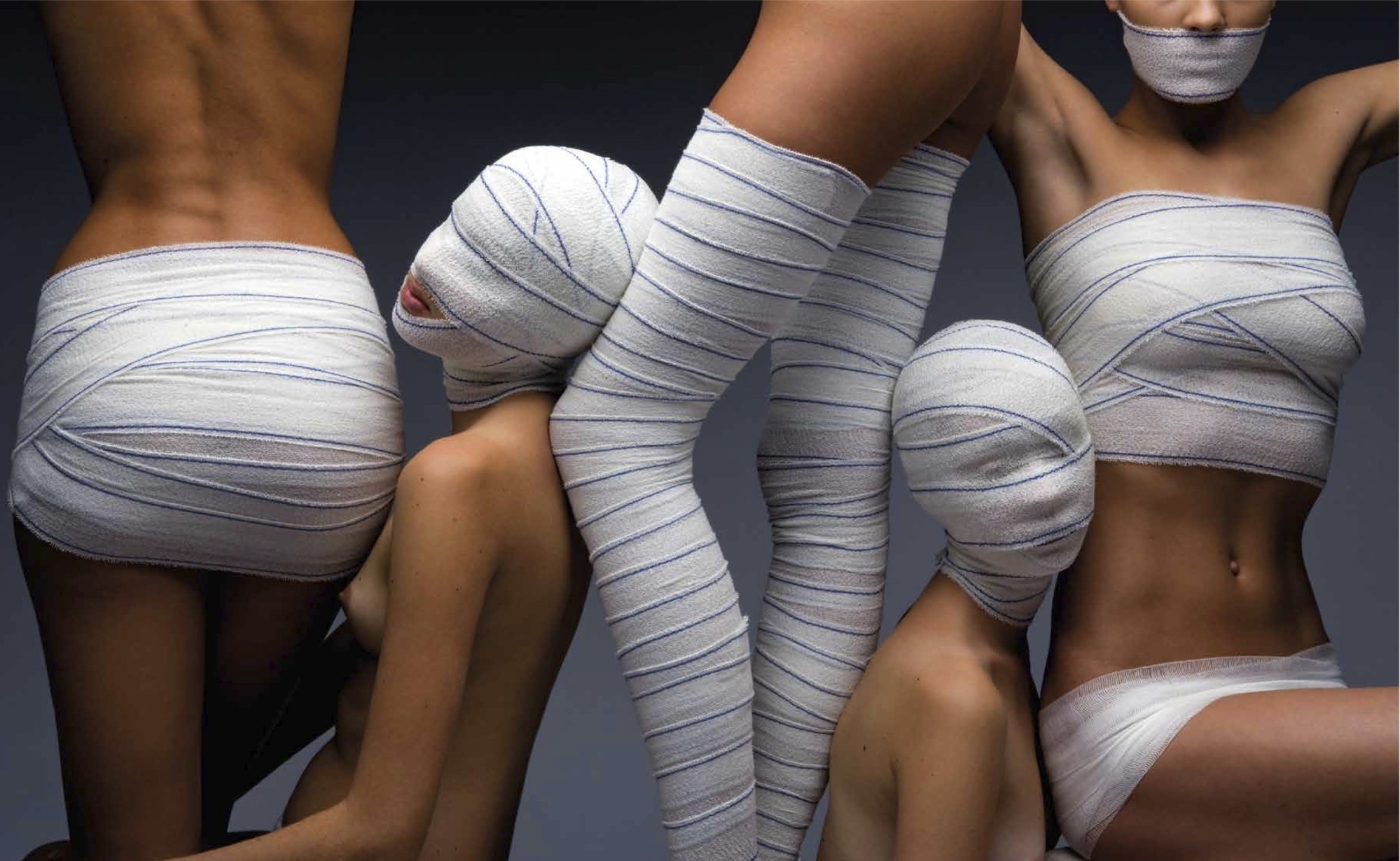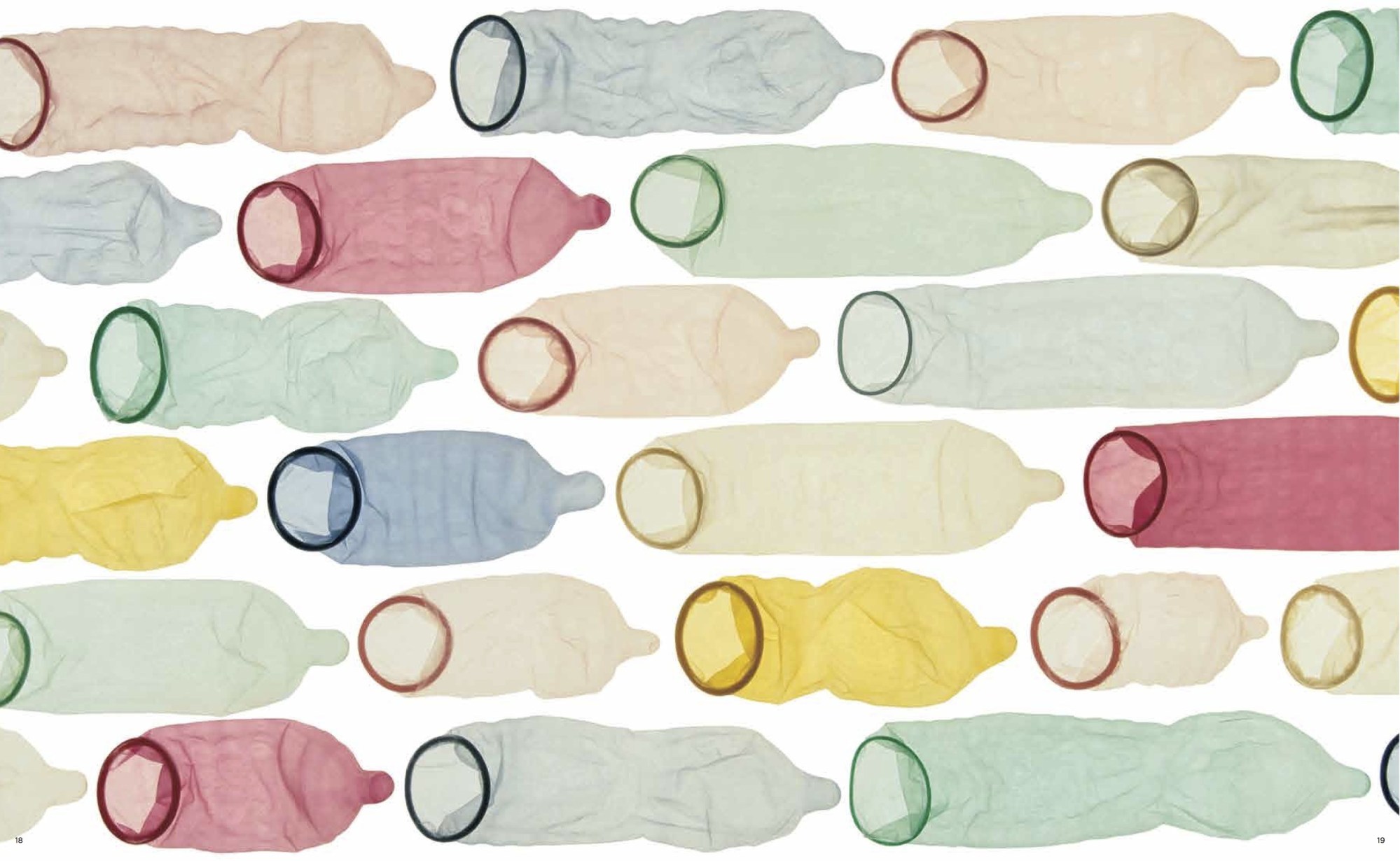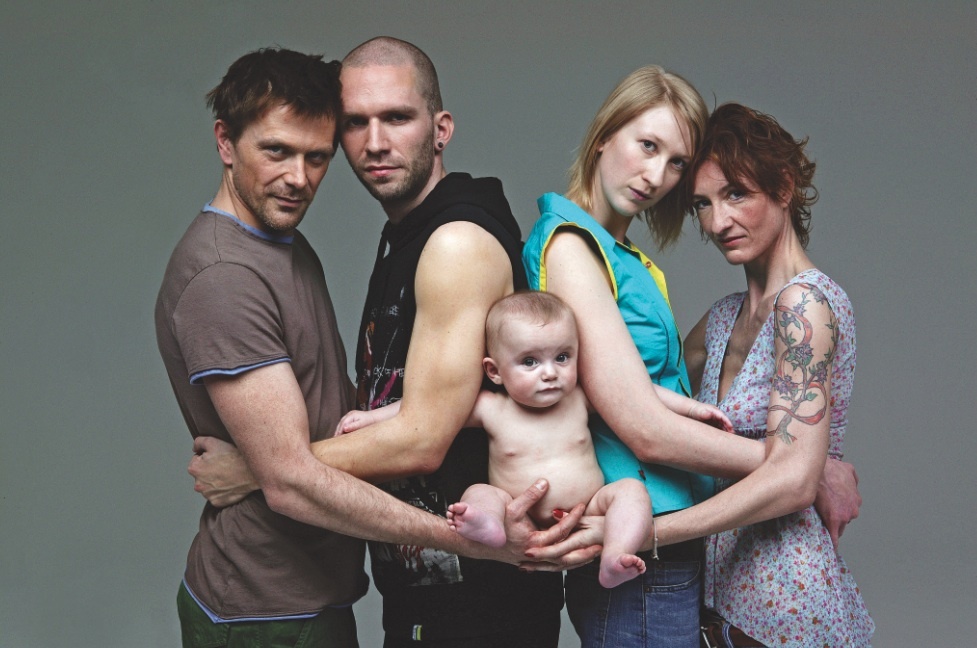“When you look at the book, you don’t know if I’m a fashion photographer, an art photographer, an advertising photographer, a reporter — I am a photographer. I’m simply a witness of my time,” Oliviero Toscani says of his new photo book. Indeed, the release is a document of Toscani’s truly dynamic eye. For more than five decades, his campaigns for brands like United Colors of Benetton and Esprit — and his editorial images for glossies including Elle, Vogue, and the earliest issues of i-D — have powerfully pushed forward the very possibilities of fashion and advertising images.

Even the work’s title, Oliviero Toscani, More Than Fifty Years of Magnificent Failures, is a testament to the Italian maverick’s renegade spirit. “All great things are magnificent failures. Christopher Columbus wanted to discover India and he discovered America. Look at Che Guevara, look at the Armada — everything is a magnificent failure,” Toscani says. It’s a reminder that failure often leads to bold new beginnings. “Populism, communism — I think it’s a very optimistic thing,” he says.
Perhaps that ultimate optimism is what leads Toscani to be so critical of his own images. I ask him if compiling this diverse body of work — which ranges from his Lou Reed album artwork to ad campaigns featuring patterns of pastel colored condoms — has lead to any new discoveries. “John Osborne wrote Look Back in Anger. Every time I look back on my pictures I say ‘eh, this could have been better,” he laughs.

But one thing Toscani doesn’t consider a failure is his contribution to the United Colors of Benetton. From 1982 – 2000, Toscani created the brand’s iconic advertising campaigns, which fused poignant social commentary with simple and striking visuals. His subjects ranged from dying AIDS patients and death row inmates to political prisoners and religious clergy members of all sexual orientations and ethnicities. The book’s cover is one of his most iconic Benetton images: a nun kissing a priest, photographed for a 1992 campaign. “Benetton wasn’t a failure at all, it was an incredible success,” he says, and I nod into the phone. “The company got 20 times bigger. When I left Benetton, the label was one of the five most recognized in the world.”

Toscani’s images catapulted Benetton to stratospheric new highs, but his images were often met with threats of censorship, lawsuits, and boycotts. To this day, they’re still predicated with terms like ‘controversial’ or ‘shocking,’ a term with which Toscani heartedly disagrees. “I didn’t do any shocking pictures. Where are the shocking pictures? There are some stupid people who say they’re shocking but I don’t think about those people,” he says.
The accurate descriptor? Provocative. “When I go to a movie, I want to be provoked. When I read a book, I want to be provoked. I want to be provoked intelligently, I want to restart my thinking, I want to ignite the engine,” he says. “Provocation belongs to art, so if I provoke something, I’m very happy.”
Credits
Text Emily Manning
Photography Oliviero Toscani